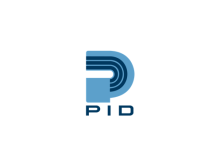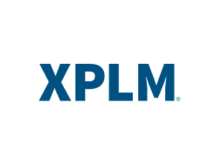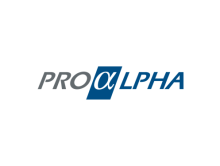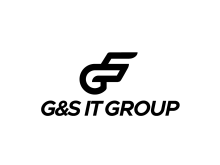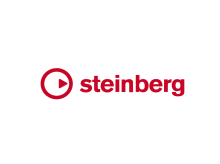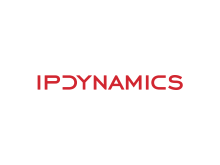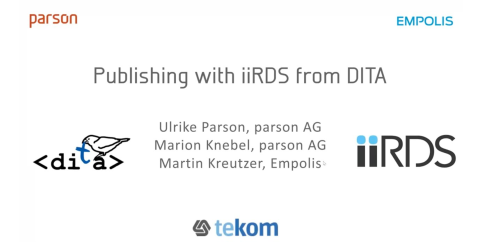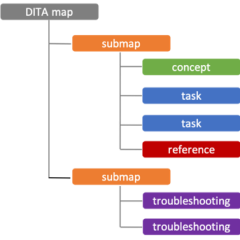DITA-XML for technical documentation
DITA-XML: modular,
fit for automation, and smart
You create technical documentation and want to manage it centrally and make it ready for reuse. You want your documentation to be versioned and maintained by several authors simultaneously. You also want to publish the content in multiple formats and on different channels, such as a website, portal, or online help.
Using traditional document formats to meet these challenges is time-consuming, expensive and may result in errors. With the OASIS DITA-XML standard, you can create reusable technical documentation that can be published in various formats and on multiple channels, with or without a component content management system (CCMS). DITA-XML offers topic-based writing and single-source publishing – for smart documentation.

Create with parson technical documentation with DITA-XML
Bring your technical documentation into the digital age. We make your documentation modular and reusable. Topic-based writing makes your documentation more structured and easier to maintain. This is how we work.
Your contacts
DITA-XML
Our customers
Finding your individual DITA solution. This is how we work
- Analyze documentation and requirements. We work with you to analyze your existing documentation and your needs for modularizing and reusing content.
- Implement DITA-XML. Want to build your own DITA-XML authoring environment? We can help you implement DITA-XML and guide you through the process: After analyzing your requirements, we recommend the appropriate tools, develop the necessary information architecture and set up the authoring environment.
- Set up a DITA-based component content management system (CCMS). Are you implementing a CCMS that works with DITA-XML? We can help you set up your content structures, variant management, and metadata in the new system, for example, in Adobe AEM Guides, Empolis CLS, IXIASOFT or Tridion Docs from RWS. Learn more about our CCMS expertise.
- Develop plug-ins for DITA OT. We develop plug-ins for the DITA Open Toolkit for generating output according to your corporate layout: DITA to PDF, DITA to HTML, WebHelp and more.
- Publish DITA-XML data. We help you publish DITA-XML data to different channels, such as a content delivery portal or a chatbot. If requested, we help you implement the iiRDS standard.
- Teach DITA-XML. You can learn DITA-XML at the Scriptorium training platform Learning DITA. We can train your technical communicators in DITA-XML and topic-based writing. For your content engineers, we offer training on the DITA Open Toolkit. Learn more about the parson training courses.
- Develop a modularization and reuse concept. We develop a customized approach for modularization and reuse.
- Write in DITA-XML. We write your documentation using the DITA-XML standard.
Learn more about DITA-XML for technical documentation in our FAQs.
FAQs – Frequently asked questions about DITA-XML for technical documentation
What is DITA-XML?
DITA stands for Darwin Information Typing Architecture. DITA is an XML-based document format that enables you to organize, edit and assemble modular content and generate information products from these modules.
DITA is an open standard based on XML. There are various tools that you can use to create, edit, format, and manage DITA files. Depending on your business requirements, you can choose an authoring system that best fits your needs. You can use DITA with or without a component content management system (CCMS).
What makes DITA-XML special?
- Topic-based writing and single-source publishing. In DITA-XML, you organize your technical documentation into self-contained topics. These topics are short enough to describe a single subject and long enough to be useful on their own. Topics are the building blocks that you organize in a DITA map and later publish in multiple formats. DITA-XML separates content from format. Your technical communicators can focus on the content. Later, you can automatically publish the content in multiple formats: HTML, Web Help, print, and more.
- Reuse. Each piece of content in DITA-XML ideally exists only once. This reduces redundancy and eliminates the need to copy content. With DITA-XML, you maintain information in a central location and can reuse it in multiple places.
- Smart documentation with DITA-XML. DITA content can be enriched with metadata. Metadata identifies different documentation variants, such as content for specific product variants. It also supports searching and filtering of content after publication, for example in a web portal. Metadata can be custom or based on a standard like iiRDS. parson is an iiRDS expert. Learn more
What is topic-oriented writing?
Topic-oriented writing is a method of structured authoring. In topic-oriented writing, we create information as independent and reusable units called topics. A topic is a self-contained unit of information that addresses a specific question or problem.
What are the topic types in DITA-XML?
DITA XML provides different topic types for different information needs. These topic types are the most common:
- Task: A step-by-step instruction for a task with a result
- Concept: A topic that provides background information or explains a concept
- Reference: Information to look up facts, such as technical data, configuration parameters, etc.
- Troubleshooting: Information for solving errors and problems
You can connect all topic types and give your users a complete overview of all the information that is available on a specific subject.
Is DITA-XML a tool?
DITA-XML is not a tool. DITA-XML is a semantic XML format, a so-called "document type definition". It is used to create and publish modular documentation with a strong focus on reuse and variant management.
Do I need a component content management system (CCMS) for DITA-XML?
Not necessarily. You can use an XML editor, such as Oxygen, to create the content, and the DITA Open Toolkit (OT) to publish it. Learn more about the DITA Open Toolkit.
There are several DITA-XML authoring systems and DITA-XML editors on the market that you can use to write and manage DITA-XML content. The most popular editor is Oxygen XML Author, a powerful system with an easy-to-use interface, validation, and integration with the DITA Open Toolkit. Buy Oxygen product
Also, there are several component content management systems on the market that use DITA-XML as native document format. Examples include Adobe AEM Guides, Empolis CLS, Herretto, IXIASOFT, and Tridion Docs from RWS.
What output formats can I generate with DITA-XML?
DITA-XML provides a range of output formats: DITA to HTML, DITA to PDF, WebHelp, or mobile applications. You can also use DITA-XML to create output formats such as ODT, Markdown, and other XML-based formats. Output formats are typically created using scripts or tools such as the DITA Open Toolkit.
What is a DITA map?
A DITA map organizes your DITA topics in a hierarchical structure, much like a document. You can create output for your DITA map using a variety of output formats.
How can I learn DITA XML?
You can learn DITA at your own pace and free of charge at parson's training platform. We also provide individual training for DITA-XML and topic-based writing. Learn more about parson's training courses.








